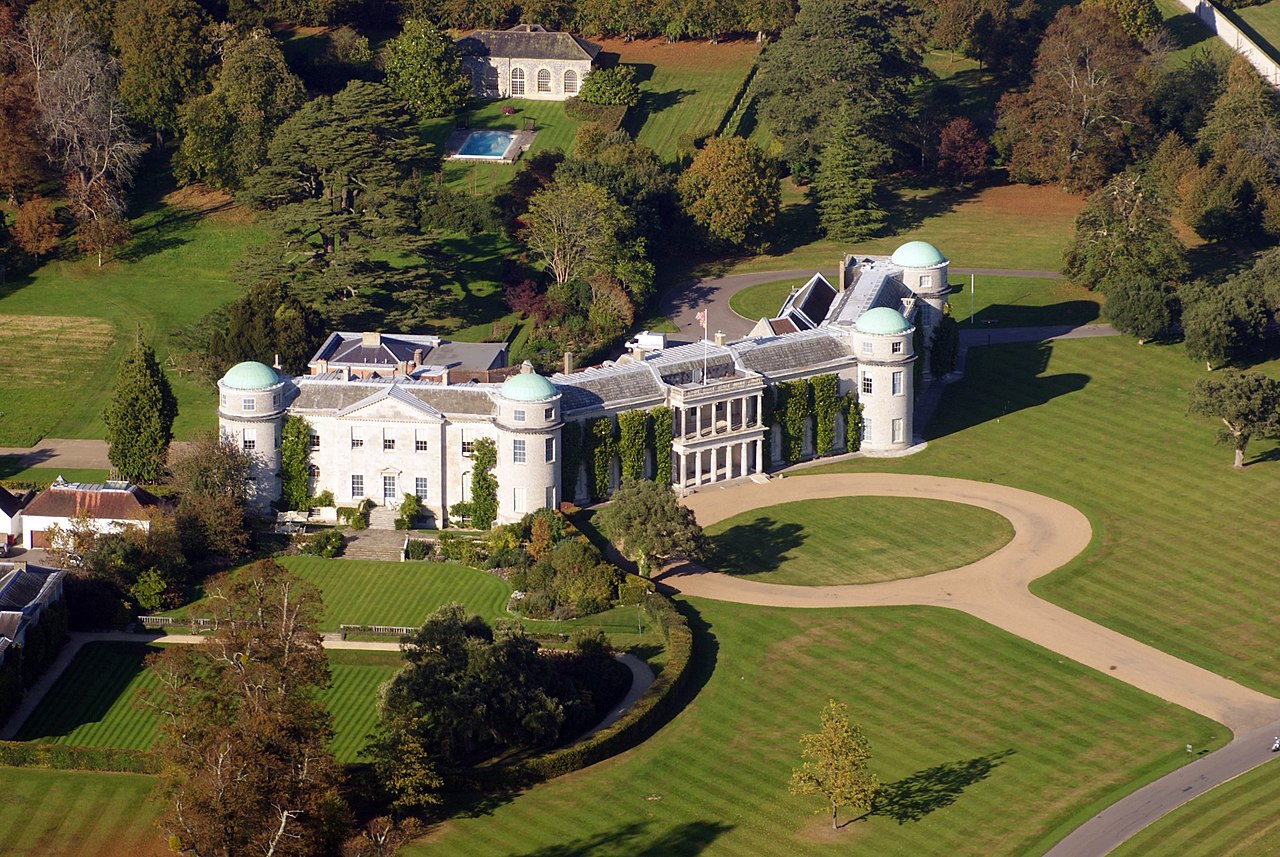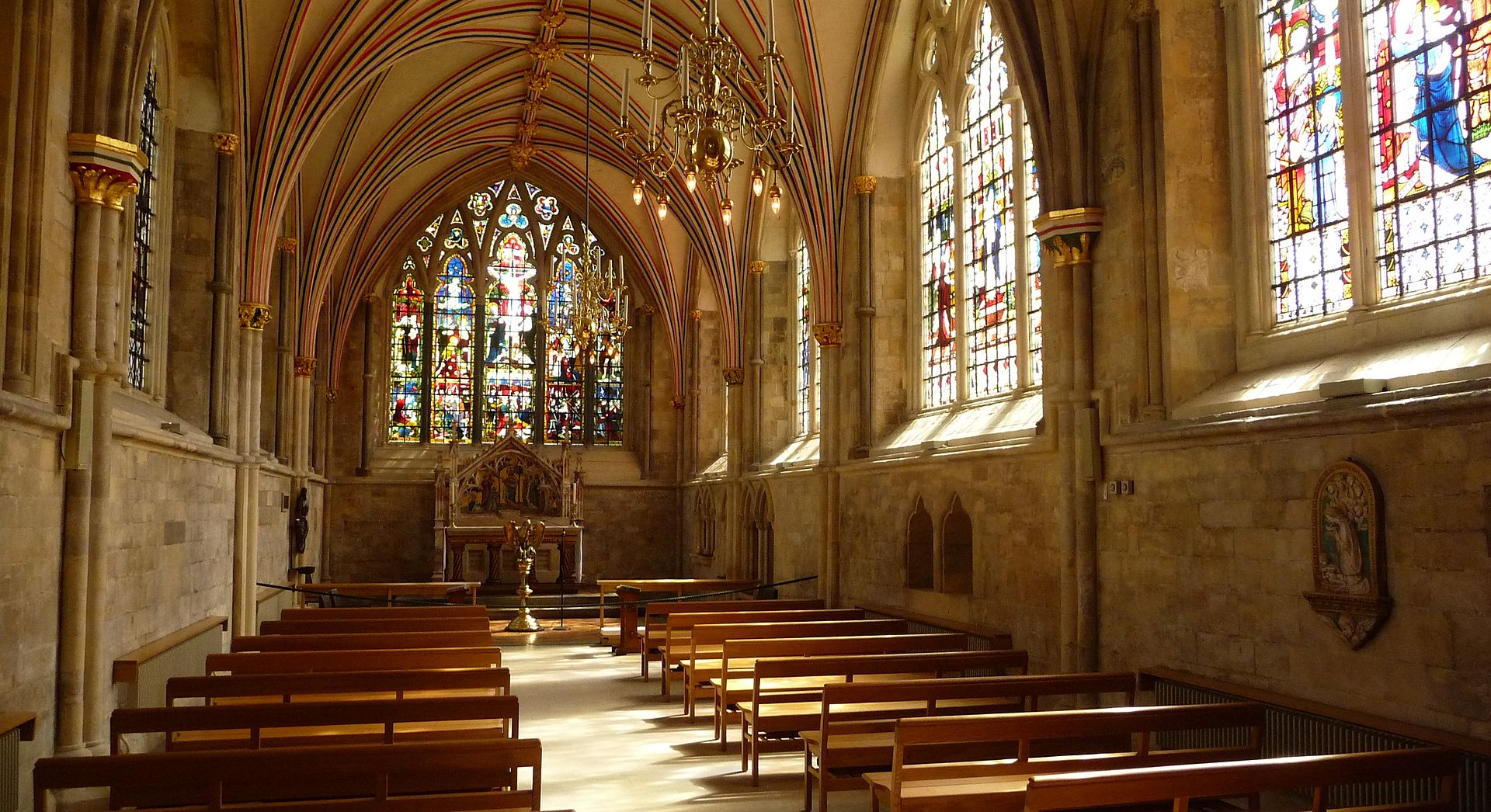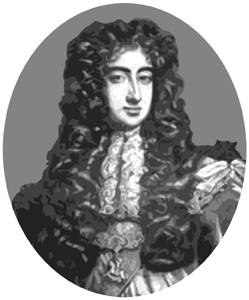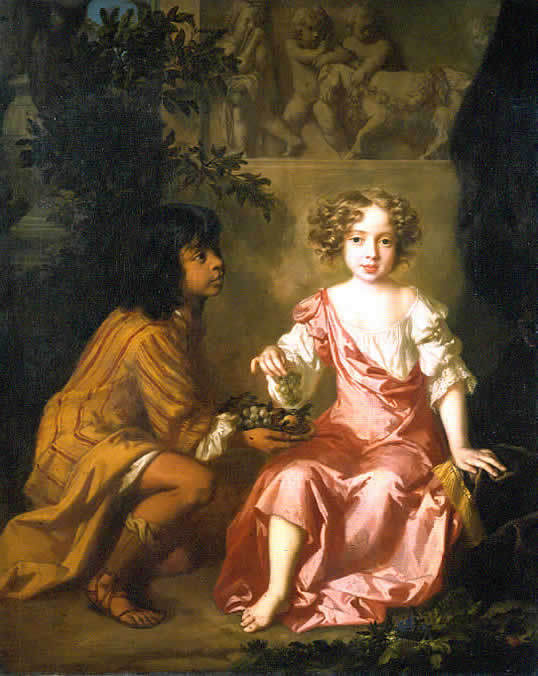Despite fathering many illegitimate children with his mistresses, King Charles II of England had no children with his wife Catherine of Braganza. Charles II is an ancestor through his mistresses of many British aristocrats and of several women who married into the British Royal Family. Lucy Walter and Charles II are ancestors of Sarah, Duchess of York and Princess Alice, Duchess of Gloucester. Barbara Palmer, 1st Duchess of Cleveland and Charles II are ancestors of Diana, Princess of Wales and Sarah, Duchess of York. Louise Renée de Penancoet de Kérouaille, Duchess of Portsmouth and Charles II are ancestors of Diana, Princess of Wales, Queen Camilla, and Sarah, Duchess of York.
*******************

Lady Mary Tudor; Credit – By Bernard Lens – https://www.nationalgalleries.org/art-and-artists/27420/lady-mary-radcliff-countess-derwentwater-d-1726-wife-francis-2nd-earl-derwentwater-daughter-charles, CC BY-SA 4.0, https://commons.wikimedia.org/w/index.php?curid=93002756
Lady Mary Tudor was married three times and two of her sons, the grandsons of King Charles II, were beheaded for high treason. Born October 16, 1673, Lady Mary Tudor was the illegitimate daughter of King Charles II of England and Mary “Moll” Davis, an actress and singer in the Duke’s Theatre Company in London. King Charles II, an avid theatergoer, first saw Moll Davis on stage and she soon became his mistress and was given a house on Suffolk Street in London where her daughter Mary was probably born. Although Moll was dropped as Charles II’s mistress soon after Mary’s birth due to Charles II’s new mistress Nell Gwynn, Moll received an annual pension and was able to keep her house on Suffolk Street. Moll later purchased a more expensive home, married French musician and composer James Paisible, and died in London in 1708.

Mary’s mother Moll Davis; Credit – Wikipedia
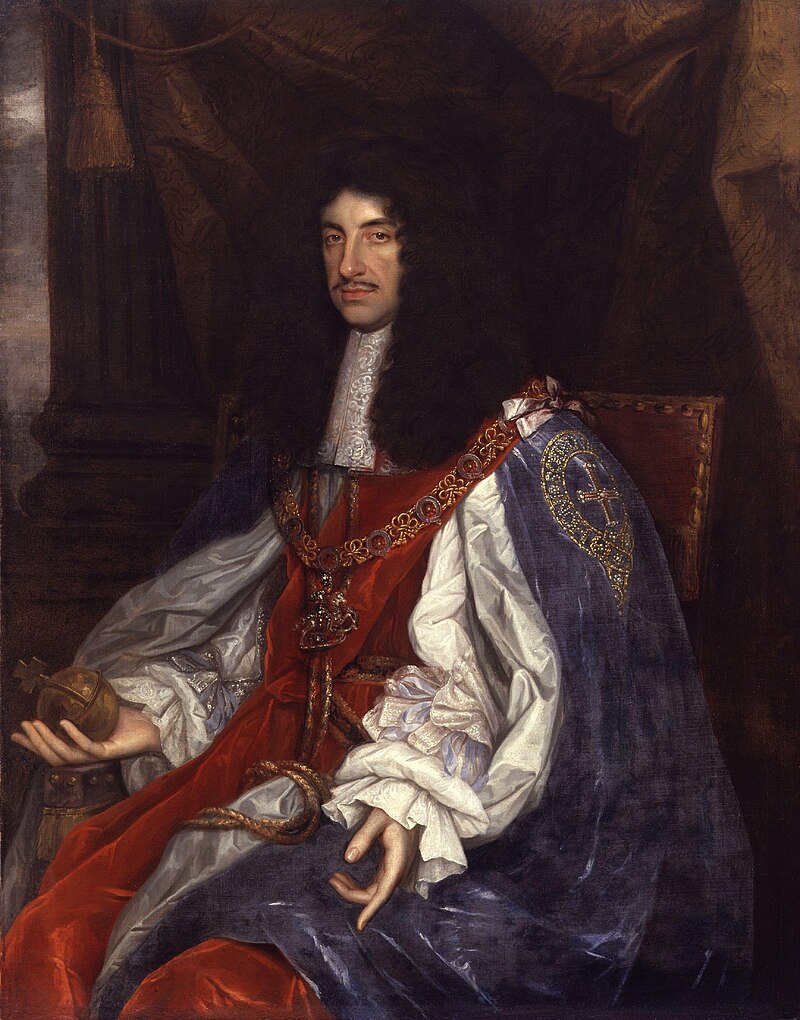
Mary’s father King Charles II of England; Credit – Wikipedia
Seven-year-old Mary was acknowledged by King Charles II in 1680 and was given the surname Tudor and the rank of an earl’s daughter. Three years later, Mary was granted a generous annual annuity and the rank of a duke’s daughter. On February 2, 1685, King Charles II suffered an apparent stroke and died four days later at the age of 54. Because Charles II had no legitimate children, he was succeeded by his brother King James II.
On August 18, 1687, in a marriage arranged by her uncle King James II, fourteen-year-old Mary married 32-year-old Edward Radclyffe, 2nd Earl of Derwentwater.
Mary and Edward had four children:
- James Radclyffe, 3rd Earl of Derwentwater (1689 – 1716), married Anna Maria Webb, had one son and one daughter
- The Honorable Francis Radclyffe (1691 – 1715), unmarried
- The Honorable Charles Radclyffe (1693 – 1746), married Charlotte Maria Livingston, 3rd Countess of Newburgh, had one son
- Lady Mary Tudor Radclyffe (1697 – 1756), married William Petre
Mary’s marriage to Edward Radclyffe, 2nd Earl of Derwentwater was unhappy. In 1700, Mary formally separated from her husband, who died five years later on April 29, 1705. On May 23, 1705, less than a month after her first husband’s death, Mary married Henry Graham, the heir to a Westmorland estate and a Member of Parliament. Reportedly, Mary and Henry had been living together before the death of Mary’s first husband. Mary and Henry had no children and Henry died on January 7, 1707.
On August 26, 1707, two months after the death of her second husband, Mary married Major James Rooke. They had one daughter:
- Margaret Frances Disney Rooke (circa 1708 – 1766), married William Sheldon, had children
Mary’s sons James Radclyffe, 3rd Earl of Derwentwater and The Honorable Charles Radclyffe were both executed for treason. James was executed during his mother’s lifetime and Charles was executed after her death. In 1688, the Glorious Revolution forced Mary’s paternal uncle King James II of England to vacate the throne in favor of his daughter (and Mary’s first cousin) Queen Mary II and her husband and first cousin (also Mary’s first cousin) King William III. The former King James II, his second wife Maria Beatrice of Modena, and their son James Edward Francis Stuart, Prince of Wales were exiled. They settled in France, where King James II’s first cousin King Louis XIV provided him with the Palace of St. Germain. The Radclyffe family were Catholics who supported the House of Stuart and followed James II’s family to France.
Mary’s son James Radclyffe, the future 3rd Earl of Derwentwater, born in 1689, was only one year older than James Edward Francis Stuart, Prince of Wales. James Radclyffe was brought up at the court-in-exile at the Palace of Saint Germain as a companion to James Francis Edward Stuart, the ‘Old Pretender’ after his father James II died in 1701. At the wish of James II’s widow, James Radclyffe remained at the Palace of Germain until his father died in 1705 when he succeeded to his father’s titles.

James Radclyffe, 3rd Earl of Derwentwater; Credit – Wikipedia

Charles Radclyffe; Credit – Wikipedia
James Radclyffe, 3rd Earl of Derwentwater and his brother Charles Radclyffe participated in the unsuccessful Jacobite Rising of 1715, an attempt by their first cousin James Edward Stuart (the Old Pretender) to regain the thrones of England, Ireland, and Scotland. After the Jacobite army was defeated at the Battle of Preston, many Jacobites were imprisoned in the Tower of London, including Mary’s sons James and Charles. They were both found guilty of treason and condemned to death. Twenty-six-year-old James James Radclyffe, 3rd Earl of Derwentwater was attainted – losing one’s life, property, hereditary titles, and the right to pass them on to one’s heirs. However, his successors continued using the meaningless titles until the male line died out in 1814. James Radclyffe, 3rd Earl of Derwentwater was beheaded on Tower Hill on February 24, 1716.
James’ remains were embalmed and secretly brought back to Northumberland where they were buried in Dilston Chapel at the family home Dilston Hall, near Corbridge, Northumberland. On October 8, 1874, the coffin containing the remains of James Radcliffe, 3rd Earl of Derwentwater, was removed from Dilston Chapel and reinterred in the Mortuary Chapel at Thorndon Hall, the home of William Bernard, 12th Baron Petre, a direct descendant of James’ sister Lady Mary Tudor Radclyffe.
In December 1716, Charles Radclyffe escaped from Newgate Prison with thirteen other prisoners when a door was left open. He made his way to the safety of France. Ten years after the execution of her son James, fifty-three-year-old Mary died in Paris, France, on November 5, 1726. Her burial site is unknown.

Execution of Charles Radclyffe; Credit – Wikipedia
Mary’s younger son Charles Radclyffe spent many years in Rome, where the Stuart court-in-exile was located after 1718. During the 1745 Jacobite Rising, Charles and his twenty-year-old son James Radclyffe boarded a French ship taking arms and supplies to Montrose, Scotland. However, the French ship was intercepted by a British ship. Charles and his son James were brought aboard the British ship and taken to the Tower of London. The Lord Chancellor High Chancellor of Great Britain used Charles’ 1716 warrant to order his execution. On December 8, 1746, fifty-three-year-old Charles Radclyffe was beheaded. His son James was released and pardoned under the 1747 Act of Indemnity. Charles was buried in St. Giles in the Fields Churchyard in London, England. There are claims that his heart was brought to the burial site of his brother James and placed in a lead box beside James’ coffin.
Works Cited
- Beauclerk-Dewar, Peter & Powell, Roger. (2006). Right Royal Bastards – The Fruits of Passion. Burke’s Peerage & Gentry LLC.
- Charles Radclyffe. (2024). Wikipedia. https://en.wikipedia.org/wiki/Charles_Radclyffe
- Flantzer, Susan. (2016). King Charles II of England. Unofficial Royalty. https://www.unofficialroyalty.com/king-charles-ii-of-england/
- James Radclyffe. (2021). Wikipedia. https://en.wikipedia.org/wiki/James_Radclyffe
- James “3rd Earl of Derwentwater” Radclyffe … (n.d.). https://www.findagrave.com/memorial/163788600/james-radclyffe
- Fraser, Antonia. (2002). King Charles II. Phoenix.
- Lady Mary Tudor. (2024). Wikipedia. https://en.wikipedia.org/wiki/Lady_Mary_Tudor
- Weir, Alison. (2008). Britain’s Royal Families – The Complete Genealogy. Vintage Books.





